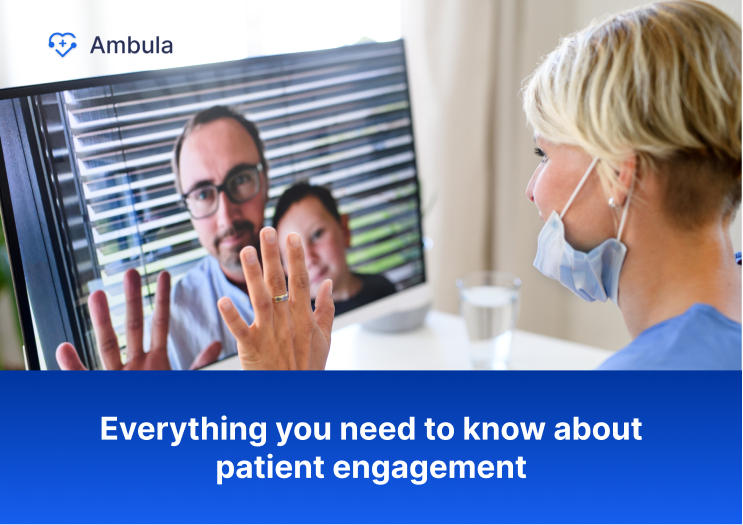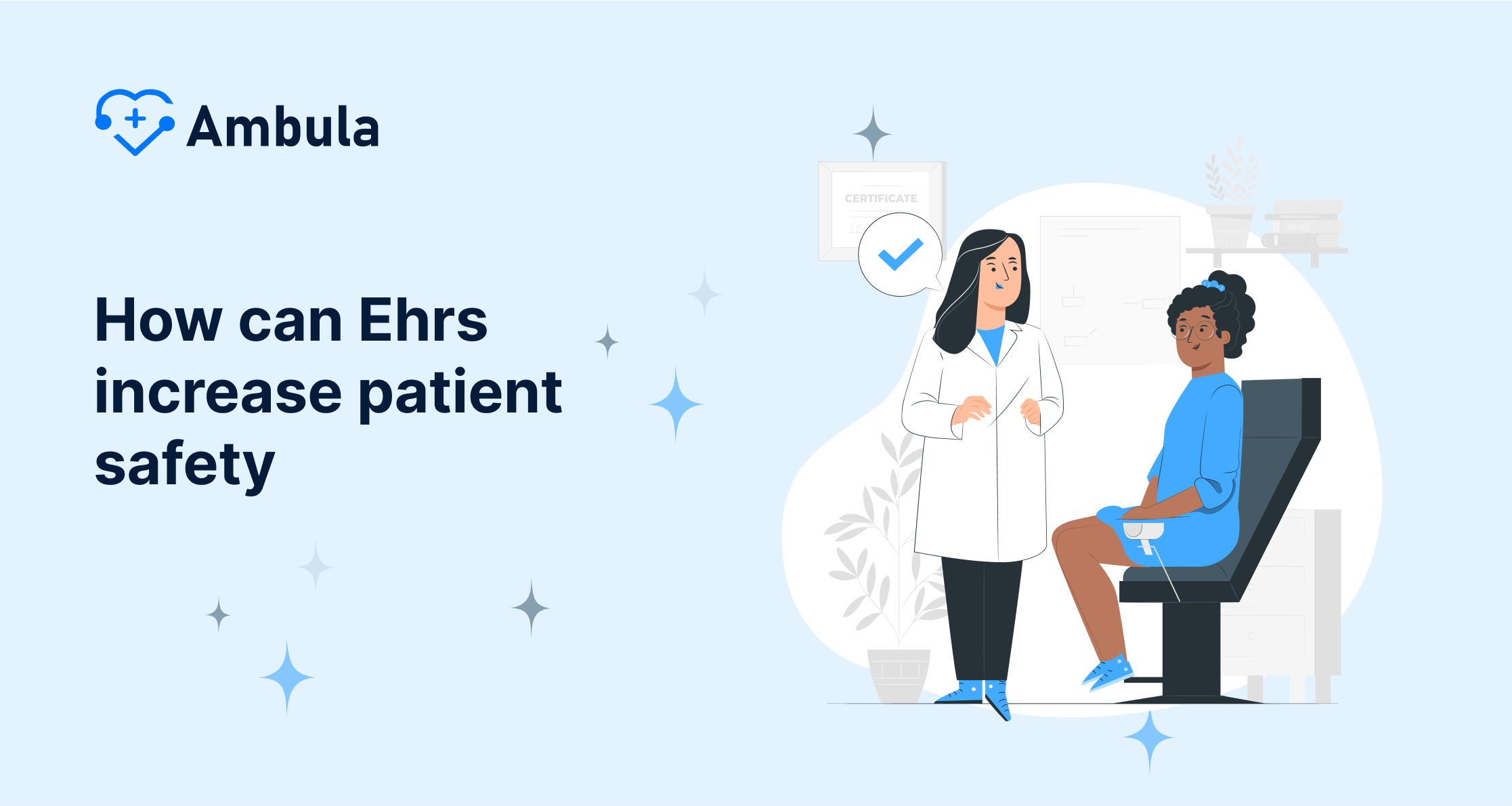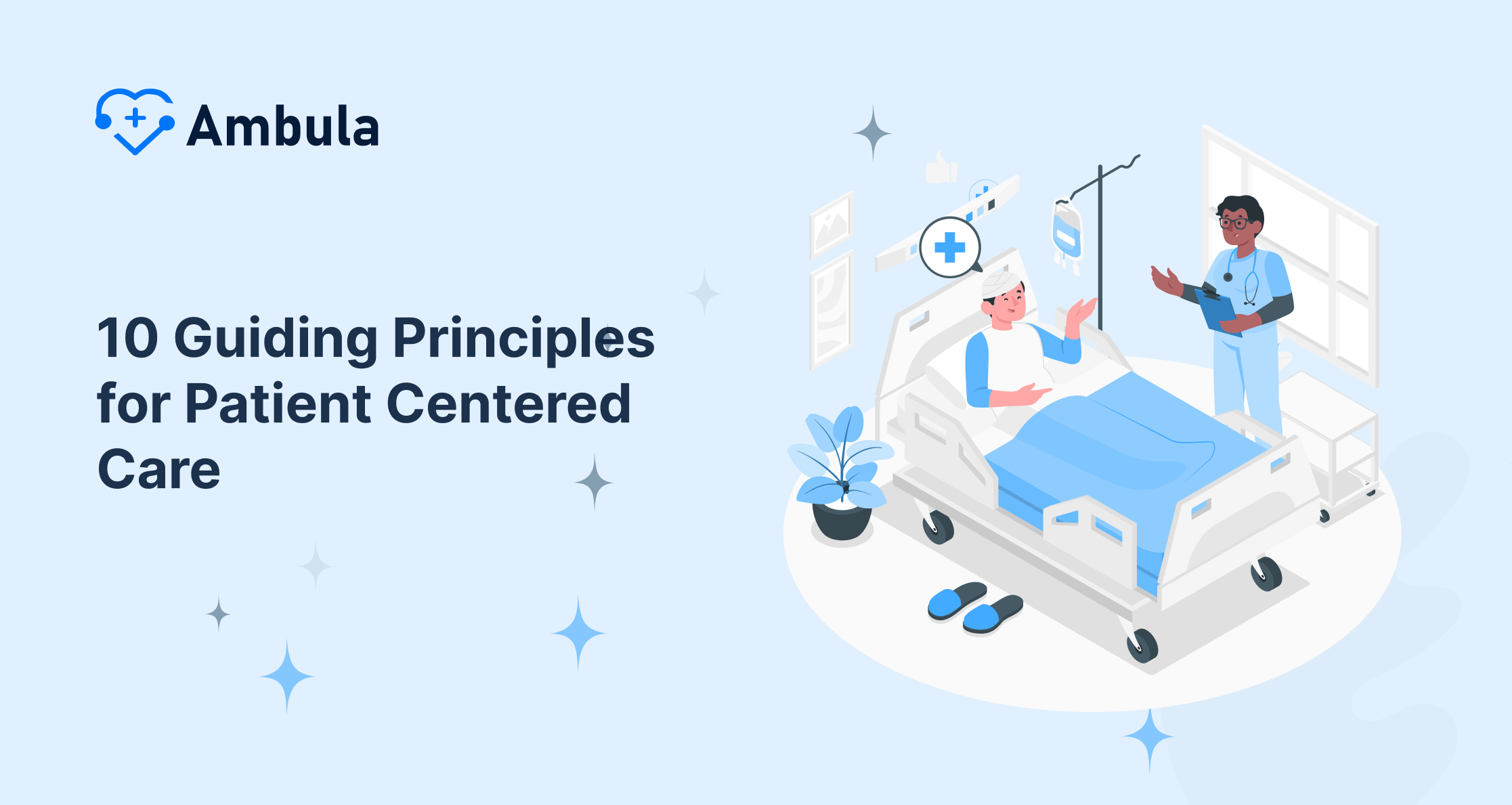
This article discusses the importance of patient engagement in healthcare and how patients can be involved in their care. It states that by engaging patients in their care, healthcare providers better understand the individual’s needs, beliefs, values, and preferences. This can lead to improved health outcomes and lower healthcare costs.
- How critical is patient engagement in healthcare
- Stages of patient engagement
- Rules of patient engagement
- What are the Methods for patient engagement
- How to measure patient engagement
- How to increase patient engagement
- Problems with patient engagement
How critical is patient engagement in healthcare
Patient engagement in healthcare is significant, as it helps ensure that healthcare providers and patients work together to provide the best possible care. By engaging patients in their care, healthcare providers better understand the individual’s needs, beliefs, values, and preferences. Furthermore, patient engagement has improved health outcomes and lower healthcare costs. Patients more actively engaged in their care can be better informed and more compliant with prescribed treatments and therapies. Additionally, patient engagement can help healthcare professionals better understand their patients, allowing them to customize care plans and treatment options to meet each patient’s needs best. Ultimately, patient engagement is essential to providing better care and improving healthcare outcomes.
Stages of patient engagement
Patient engagement is a process of actively involving patients in their healthcare. This process typically involves four stages: preparation, activation, engagement, and collaboration.
Preparation
In preparation, the patient learns about their condition and the resources available to them. Patients might seek information on their illness during this stage, research treatment options, and connect with a healthcare provider.
Activation
Activation involves the patient addressing their health needs, including lifestyle changes or taking prescribed medications.
Engagement
Engagement the patient is actively involved in their healthcare. This includes making and attending medical appointments, participating in self-care activities such as exercise and mindfulness, and participating in shared decision-making with their healthcare team.
Collaboration
Collaboration is where the patient works with their healthcare team to coordinate their care and develop a plan to address their health needs. This stage involves connecting with other healthcare providers, such as specialists if needed.
Rules of patient engagement
Patient engagement is the process of involving patients in their own healthcare experience. This includes giving them the power to make decisions about their health, actively participating in the healthcare process, and being given access to the necessary information to make informed decisions. This can result in improved patient outcomes, better health outcomes for the population as a whole, and a more positive patient experience. The rules of patient engagement can vary from organization to organization but generally involve:
- They are providing patients with access to their medical records.
- They are providing timely information about their health and treatment options.
- We are allowing them to make informed decisions about their care.
Organizations should also ensure a two-way dialogue between the patient and the healthcare provider, allowing the patient to have their questions answered and to provide feedback to the provider. It is also essential to ensure patients have access to evidence-based care and resources to help them make health decisions. Finally, organizations should also ensure that patient engagement is part of a comprehensive approach to healthcare. This includes providing access to preventive care, health education, and support services and ensuring patients have the care they need when needed. By providing a comprehensive approach to patient engagement, organizations can help ensure.
Future of patient engagement
The future of patient engagement is an exciting prospect. Technological advances offer more opportunities to involve patients in their healthcare decisions. Patients can access their health records and interact with their healthcare providers through secure patient portals. They can access educational materials, ask questions, and receive advice from their healthcare providers. In addition, they will be able to receive reminders and notifications about upcoming appointments, test results, and other important health-related information. As more healthcare organizations embrace patient engagement, the future of patient engagement looks very promising.
What are the Methods for patient engagement?
Patient engagement involves actively involving patients in their healthcare journey. Patients can be engaged in various ways, including direct communication, providing education, offering patient feedback and surveys, and providing incentives for engagement. Direct contact can involve one-on-one conversations with a doctor or nurse, group conversations, and education sessions. Providing education can include providing educational materials, workshops, or webinars. Patient feedback and surveys can provide valuable insight into patient experiences and help healthcare teams understand how to serve their patients better. Finally, offering incentives for engagement, such as discounts on care or rewards for completing surveys, can help to motivate patients to become more involved in their healthcare.
How to measure patient engagement
Patient engagement is actively involving the patient in their healthcare. Healthcare providers must measure patient engagement to understand patients better and ensure they provide the best care possible.
One way to measure patient engagement is through patient surveys. Surveys can be used to gauge patient satisfaction and gauge how engaged patients are in their care. Surveys should ask questions about how well providers communicate with patients, how well they understand their care plan, and how satisfied they are with their overall care experience.
Another way to measure patient engagement is through patient feedback. Providers should solicit patient feedback regularly through surveys or informal conversations. This feedback can be used to identify strengths and weaknesses in the healthcare system and make improvements accordingly.
Finally, providers should also track patient outcomes. Outcomes such as hospital readmission rates, successful treatment rates, and patient satisfaction scores can provide insight into how engaged patients are in their care and how well healthcare providers offer the best care possible.
How to increase patient engagement
As healthcare providers, they are listening to your patients is one of the best ways to increase patient engagement. Creating an environment where patients feel comfortable talking to you is essential. Ask open-ended questions, be patient and understanding, and don’t hesitate to offer advice or provide resources. Also, keep your patients informed about their health so they know what’s going on and keep communication lines open. Finally, don’t forget to follow up with your patients to make sure they’re still engaged and that their needs are being met. With these tips, you can ensure that your patients remain active and that their care is top-notch.
Technology plays a vital role in enhancing patient engagement within the healthcare industry. By leveraging various technological advancements, healthcare providers can significantly improve patient experience, encourage active participation, and promote better health outcomes.
One of the primary benefits of technology in patient engagement is the ease of access to healthcare information. Patients can access their medical records, test results, and treatment plans through online portals, mobile apps, and wearable devices. This accessibility empowers patients to take ownership of their health by staying informed and educated about their conditions, medications, and preventive measures.
Role of patient engagement software
In recent years, patient engagement software has emerged as a powerful tool for facilitating and enhancing healthcare engagement. This software streamlines various aspects of patient care, from appointment scheduling and electronic medical records (EMR) management to communication and treatment coordination. Healthcare providers can improve patient experience and foster active engagement by incorporating patient engagement software into their practices.
One area where patient engagement software has proven particularly valuable is pain management. Chronic pain affects millions of individuals worldwide, and effective pain engagement is crucial in enhancing patients’ quality of life. Healthcare providers can efficiently track and monitor patients’ pain levels, treatment plans, and progress with dedicated pain management software. By having a comprehensive overview of each patient’s pain management journey, healthcare providers can tailor treatment strategies, adjust medication dosages, and provide personalized care that aligns with the patient’s needs and preferences.
Problems with patient engagement
Patient engagement can be a tricky thing to get right. Many people struggle to stay engaged with their health, either because they don’t understand the importance of it or because they don’t have a strong relationship with their healthcare providers. Additionally, socio-economic factors can contribute to a lack of engagement, as can cultural and language barriers. Finally, technology can often be a challenge, as some people don’t have access to the necessary devices or don’t know how to use them. These factors can make it hard to keep patients engaged, but it is essential to strive for meaningful engagement to improve patient health outcomes.




